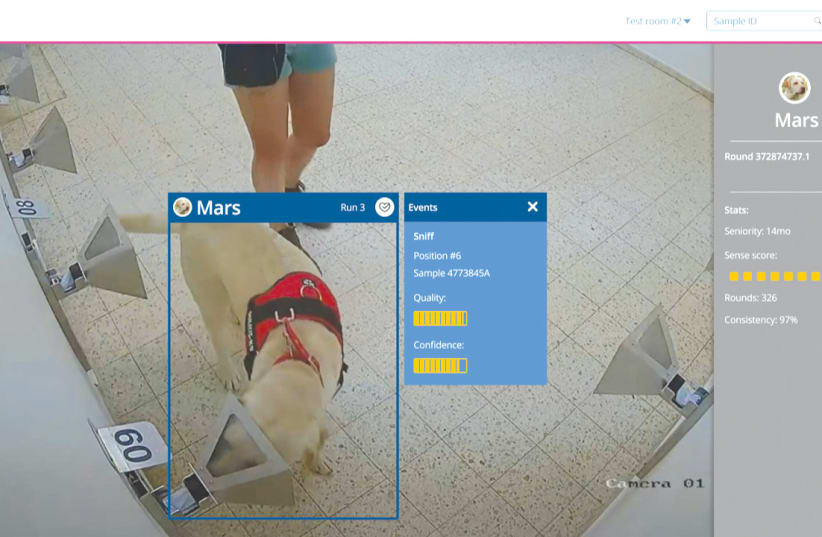Cash flow is the lifeblood of any start-up – especially during market slowdowns, creating a stable cash flow can be the difference between a start-up’s success and failure. Companies need to be aware of the challenges and risks associated with managing their cash and develop strategies to address them.
This is especially true for early-stage start-ups that don’t generate significant revenue and instead rely on external funding for growth.
With this context in mind, there are five best practices we recommend to better manage cash during the current slowdown.
1. Rising rates create an attractive opportunity for better savings
We are seeing new opportunities to earn better returns on cash by leveraging the rising interest rate environment and negotiating for higher-yielding accounts. With our conversions with multiple banks – both US & Israeli – we noticed improved offerings across the board versus last year, though Israeli banks have generally offered higher rates for USD deposits, likely due to a shortage of USD locally.
We urge all founders to do some market research and get various quotes to better understand what they can get, and then leverage their findings for better offerings. Ultimately, we believe that the best way forward is to leave sufficient liquidity on hand for the near-term, and split the rest between shorter and longer-duration accounts to both leverage the current rate environment and leave room to move into higher-rate accounts if/when interest rates move upward again.
2. If cash is king and knowledge is power, cash flow planning is the golden standard
Regularly tracking cash flow to ensure that resources are allocated to the most important (revenue-driving) areas and that the company is not overspending is critical for making informed decisions and remaining agile. In fact, creating a realistic budget and outlining expected income and expenses can help identify opportunities to cut costs and set aside funds for unexpected expenses.
Even just tracking simple cash cycle metrics like AR turnover, DSO or AR Aging can make a huge big difference. This will allow start-ups to adjust spending as necessary, prepare for investor reviews and generally have a better understanding of their runway.
3. Stronger customer relationships = quicker cash collection cycles
While this is not a new concept, it is an incredibly important objective to focus on during market contractions. Start-ups should make an extra investment in customer relationships that will help ensure they are satisfied with the service they are receiving (e.g. mitigate churn) and that payments are received on time (e.g. improve cash flow cycles).
One way to achieve this is to establish an attractive payment plan or even offer incentives/discounts that will encourage customers to make timely payments. Another could be to use cash flow management vendors for quicker collections.
4. Start-ups are also someone else’s customer
Related to the point above, market slowdowns similarly present an opportunity to renegotiate with vendors to help cut-down costs. First, companies should categorize all subscriptions by asking three key questions – 1) Which tools are mission-critical?; 2) What can be cut completely?; and 3) Which can be reduced in capacity? – Once that’s done, it’s important to understand what you want to achieve out of the renegotiation.
For example, for mission-critical tools, start-ups may want to negotiate temporary discounts, leverage free offerings or request payment deferrals, while for discontinued tools companies would likely need to negotiate lower cancellations fees, or at least reduce the number of users/seats/functionalities.
5. Cash stability > upside on currency swings
Start-ups should implement a coherent strategy on the management of currency and exchange-rate fluctuations. This is especially the case for Israeli start-ups that are raising in USD but spending in ILS. This is particularly crucial now, when start-ups are laser-focused on extending runways and strive to have as much certainty as possible. Hedging – or even just converting ahead of time – can help them budget and forecast cash flow more accurately.
Stability and visibility
Yes, companies might miss potential gains from upswings in the USD-ILS rate, but it’s important to remember that the goal here is to have cash stability and visibility for the sake of planning vs. making money off of it. On the flip side, taking the risk of big rate drops could lead to unexpected costs and shorten companies’ runways – not to mention, hurt profitability if most of the money is generated in the US.
Ultimately, as the current slowdown can last for months or even years, it is important to have a plan in place for how to continue operations in an extended period of slow growth. This may involve further reducing costs, seeking out new sources of financing or focusing on areas most likely to generate income. With the right strategy in place, we believe start-ups can weather the storm and emerge stronger on the other side.
The writer is an associate at Ibex Investors.


